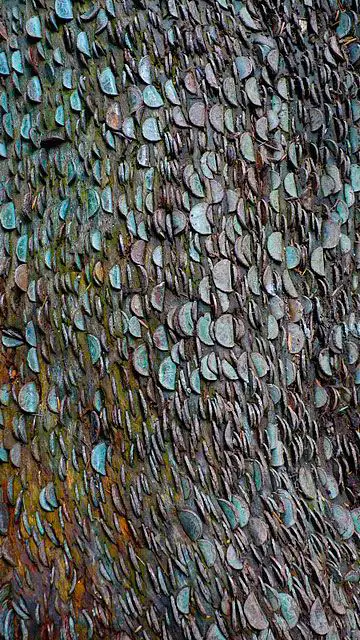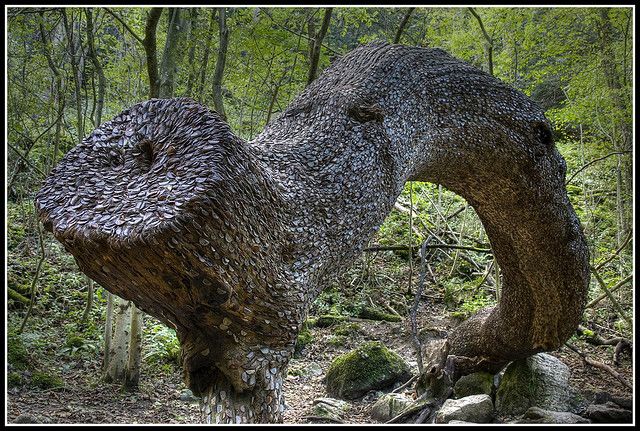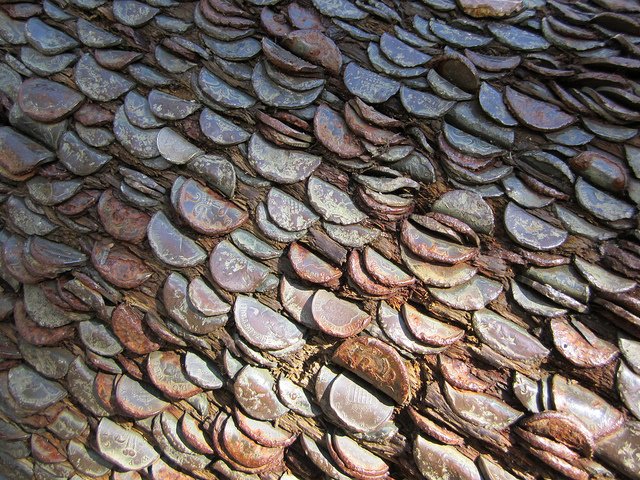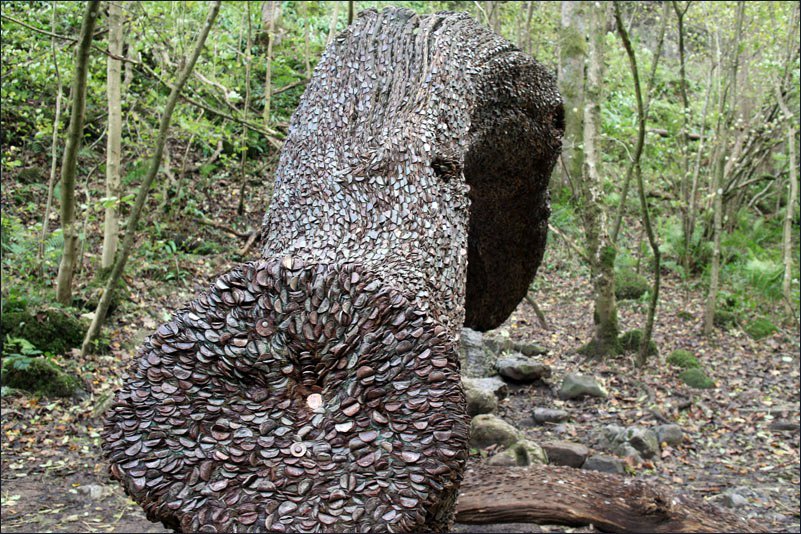Elaborate designs, symbols, and stories are intricately etched onto tree bark, forming an extraordinary artistic tradition that encompasses the engraving of currency onto trees. Every carved coin tells a captivating tale, weaving its unique narrative through a meticulous artistic process and holding cultural significance. This essay delves deep into the captivating world of currency carving on trees, exploring its backstory, artistic techniques, cultural importance, and the narratives it unveils.

The captivating history of carving currency onto trees transcends boundaries of place and culture. Artisans, with remarkable precision, would intricately engrave intricate patterns onto tree bark using specialized coins with sharp edges, a method employed to convey messages and express creative concepts. Executing this technique demands expertise and immense patience from the carver, meticulously etching the designs onto the tree’s surface to create enduring works of art that will withstand the test of time for generations to come.

Trees adorned with carvings transcend their simple arboreal existence; they become living canvases, preserving tales and memories for eternity. The intricate designs often draw inspiration from nature, yet these carvings can also embody personal symbols or powerful statements intended to evoke deep emotions. These etchings offer a glimpse into the lives of their creators, serving as tangible connections to the past, immortalizing pivotal moments, and encapsulating the essence of the individuals who experienced them.

Engraving coins into trees holds deep spiritual and cultural significance across various global communities. These commemorative trees stand as symbols of historical landmarks or hold revered positions in religious settings, signifying places of profound importance. They represent human creativity, cultural uniqueness, and underscore the inherent connection between people and their environment.
However, carving into tree bark can adversely affect the tree’s health and growth. It’s crucial to consider the potential impact of this art form on the natural world. To ensure the preservation of both trees and this art form, it’s imperative for participants and observers to engage responsibly and sustainably.











